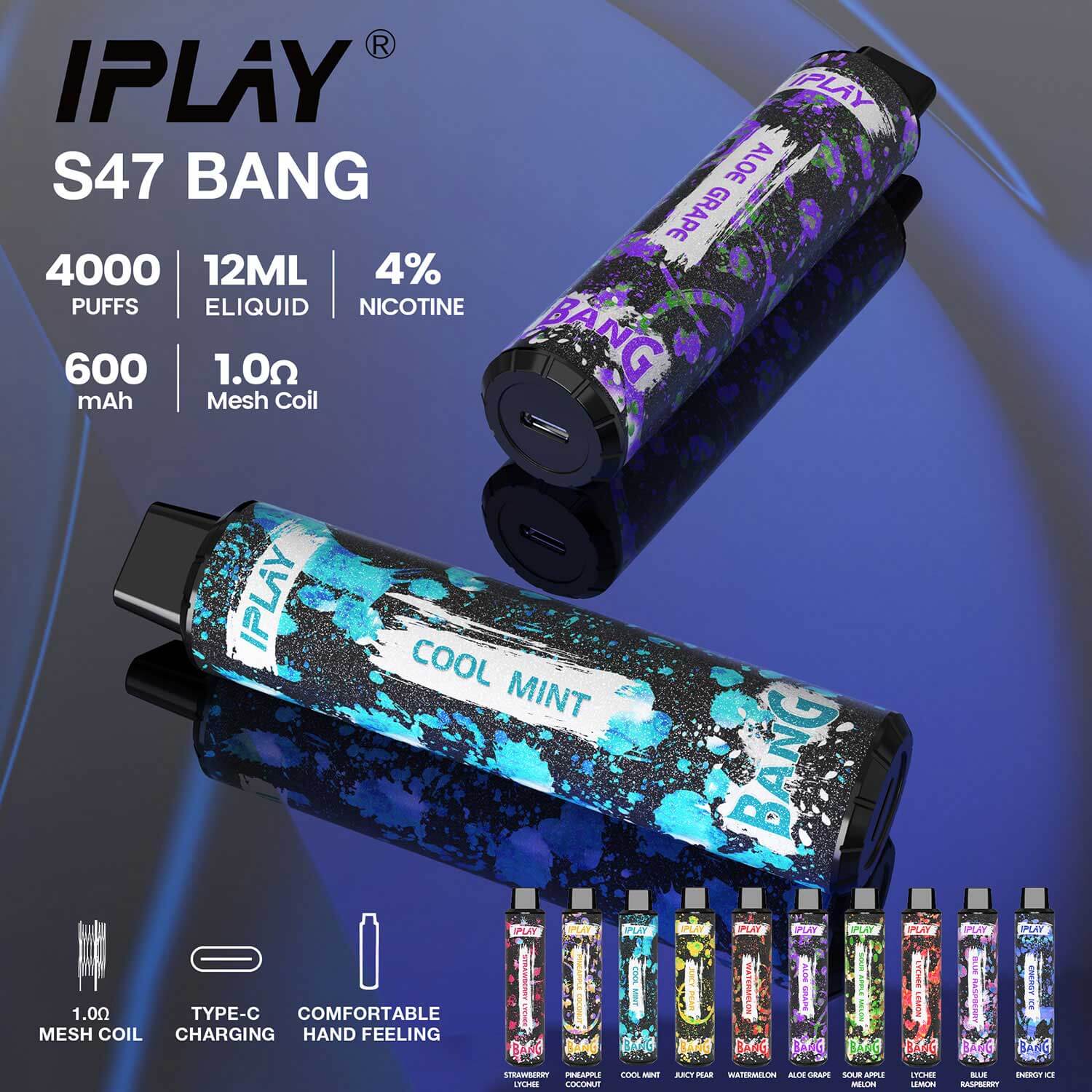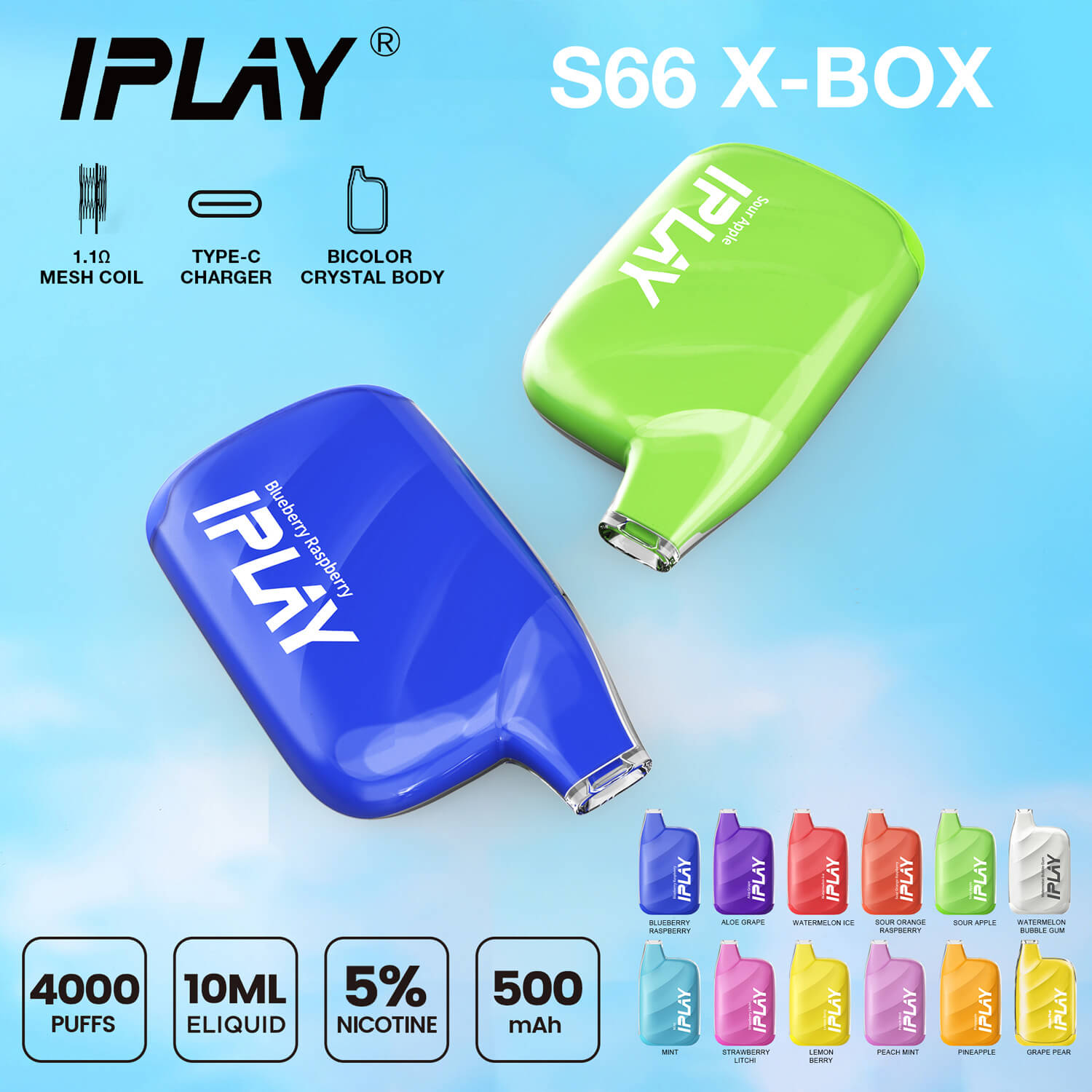Nicotine is a highly addictive chemical that is widely used recreationally. The substance is commonly extracted from the tobacco plant, and it can currently be synthesized in a laboratory. Nicotine’s history is quite dramatic: Jean Nicot de Villemain, a French diplomat and scholar, was the first to introduce tobacco to France. He gave it to the King of France and promoted its medicinal use. Tobacco became popular among the upper class of Parisians, and it quickly became a trend. Due to a lack of science, people believed smoking could protect them from illness, particularly the plague. Even in the late twentieth century, this notion occupied a large portion of people’s minds.
German chemists Wilhelm Heinrich Posselt and Karl Ludwig Reimann extracted the addictive chemical for the first time in 1828, believing it was a poison. While Amé Pictet and A. Rotschy, both Swiss chemists, successfully experimented with synthesized nicotine in 1904. The technology of synthetic nicotine has been developed over decades, but it will cost much more than directly extracted nicotine from tobacco – until recently, the cost of synthesization has been greatly reduced, and the technology is widely used in the manufacture of vaping devices.

Smoking: Is Nicotine The Harmful?
Smoking is widely recognized as a harmful action to public health; it has been linked to lung cancer and a variety of other diseases. For someone who has smoked for a long time, the bad habit will cause irreversible lung injuries, as well as harm to their natal and oral organs. As smoking is recognized as a major cause of illness-related death, the question arises: what is the chemical that causes harm? Is it the nicotine?
According to the most recent smoking research, there is no evidence to prove a link between nicotine and cancer – but it’s an addictive drug that keeps people smoking and is difficult to discontinue, while other chemicals in a cigarette, such as arsenic, formaldehyde, tar, and many others, are the real culprits that destroy people’s health.
Vaping: How To Do The Vaping Nicotine Calculation?
The amount of nicotine in a bottle of e-juice or a disposable vape pod is always a source of confusion for new vapers. Some manufacturers list nicotine strength as a percentage, while others express it in mg/ml.. What’s the difference?
Let’s look at some examples: IPLAY BANG 4000 Puffs Disposable Vape Pod.

The nicotine strength of this pod is 40mg, as indicated by the parameter (the number is out of 1000 ml, which is usually omitted). Furthermore, there is a 12ml e-juice in this pod, so we can get this formula: The amount of nicotine in this device will be equal to the ratio of 12 multiplied by 40 and 1000, which is o.48mg.
It would be much easier to calculate for another type of vaping device that expresses nicotine strength as a percentage. As an example, consider IPLAY X-BOX. As it expresses, the device contains 5% nicotine, so 10ml (the capacity of e-juice) multiplied by 5% equals 0.5. As a result, the pod contains 0.5mg of nicotine.

Nicotine strength in vaping is not something hard to calculate, and novice vapers should pay more attention to picking the right strength to help them stay vaping, instead of turning back to smoking. And if one would like to skip the step-by-step process and quit nicotine totally in one go, IPLAY is also your choice. IPLAYVAPE can customize vape pods with any nicotine strength or flavor that customers require, including a 0% nicotine disposable vape pod.
Post time: Nov-19-2022

